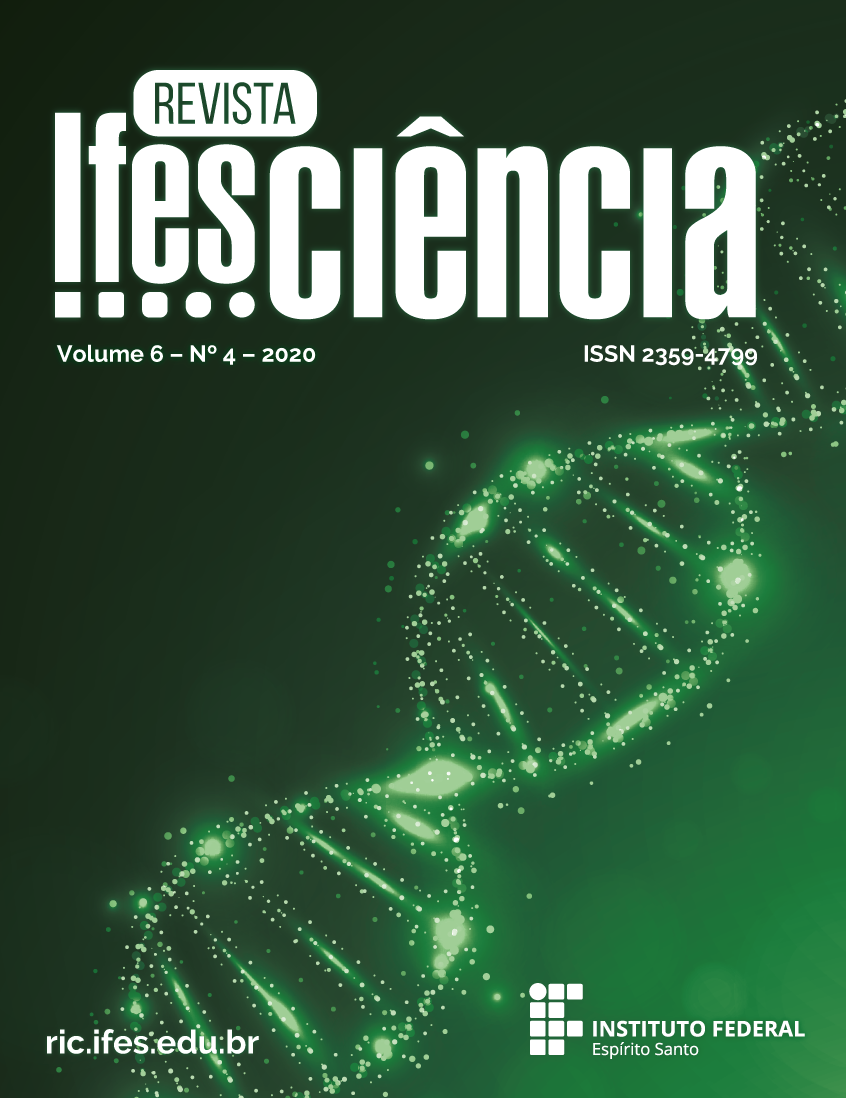IS THE MIXTURE BETWEEN CASTOR AND JATROPHA OILS EFFICIENT IN THE MANAGEMENT OF PINK HIBISCUS MEALYBUG?
DOI:
https://doi.org/10.36524/ric.v6i4.814Palavras-chave:
Alternative control, Maconellicoccus hirsutus, Jatropha curcas, Ricinus communisResumo
The pink hibiscus mealybug, Maconellicoccus hirsutus (Green) (Hemiptera: Pseudococcidae) is a polyphagous pest species that has been reported in about 350 species of host plants worldwide. Usually, the use of synthetic chemicals is still the most used control method for the control of agricultural pests. The objective of this present work was to evaluate the potential of the mixture of oils extracted from the species Ricinus communis L. (castor) and Jatropha curcas L. (jatropha) (Euphorbiaceae) in the form of direct and indirect application on M. hirsutus. The experiments were conducted in air-conditioned chambers at a temperature of 25 ± 1ºC, relative humidity 70% ± 10 and a photophase of 12h. The 3% concentration was used in the tests, with 11 interaction ratios between the oils. Individuals' mortality was assessed at 24, 48 and 72 hours after spraying. The results of the interactions indicated up to 78% mortality of individuals in the ratio 90% castor + 10% jatropha via indirect application, while in the direct application on individuals they presented 53% mortality in the ratio 40% castor + 60% jatropha. The interactions between castor and jatropha oils have demonstrated potential in the management of pink mealybug by direct or indirect application.
Downloads
Publicado
Edição
Seção
Licença
Copyright (c) 2020 Revista Ifes Ciência

Este trabalho está licenciado sob uma licença Creative Commons Attribution-NonCommercial-NoDerivatives 4.0 International License.
Autores que publicam nesta revista concordam com os seguintes termos:
- Autores mantém os direitos autorais e concedem à revista o direito de primeira publicação, com o trabalho simultaneamente licenciado sob a Licença Creative Commons Attribution que permite o compartilhamento do trabalho com reconhecimento da autoria e publicação inicial nesta revista.
b. Autores têm permissão e são estimulados a publicar e distribuir seu trabalho online (ex.: em repositórios institucionais ou na sua página pessoal) a qualquer ponto antes ou durante o processo editorial, já que isso pode gerar alterações produtivas, bem como aumentar o impacto e a citação do trabalho publicado (Veja O Efeito do Acesso Livre).



